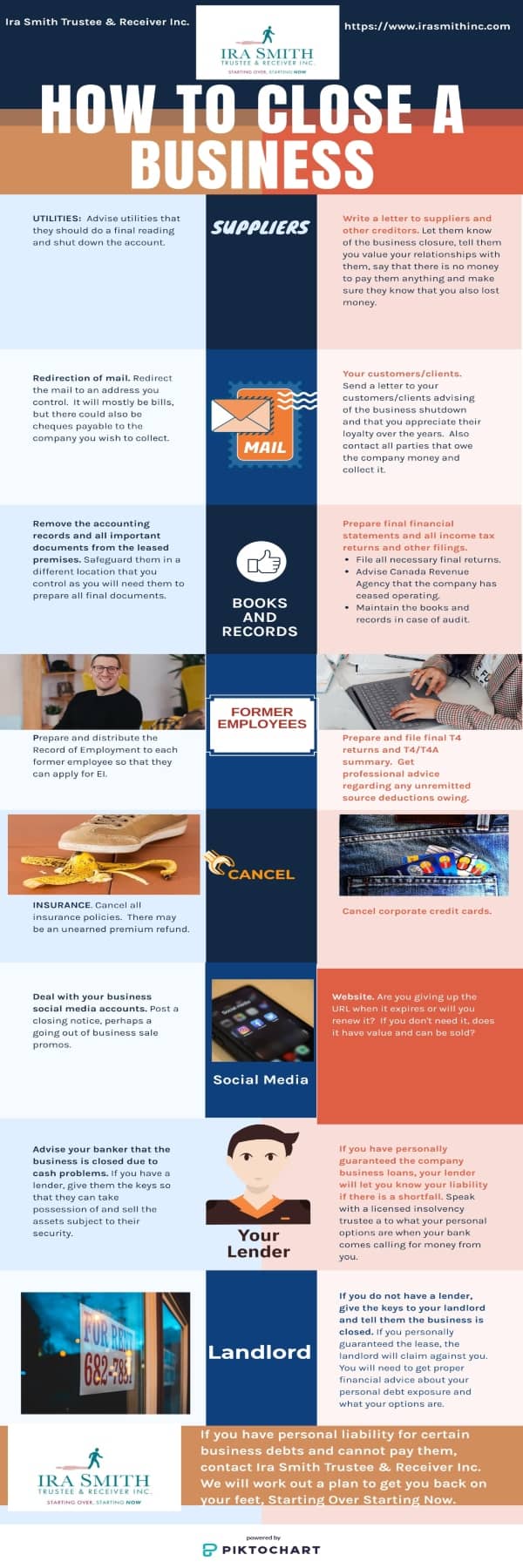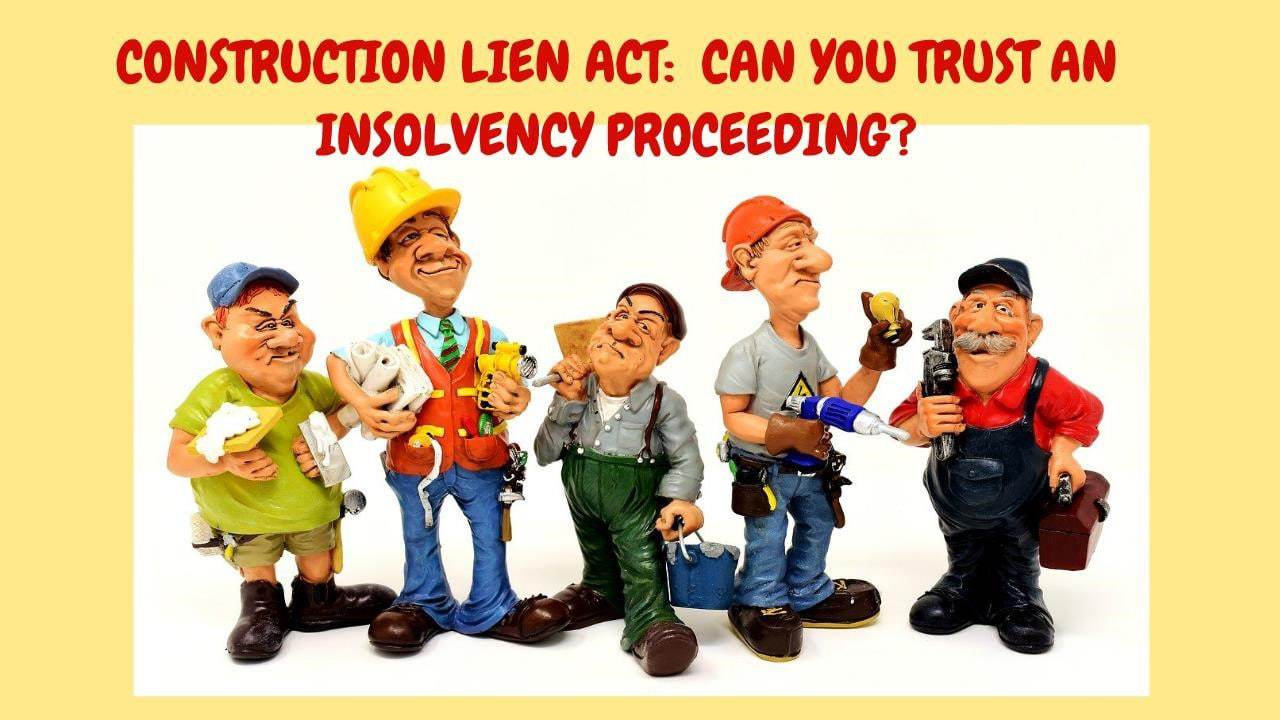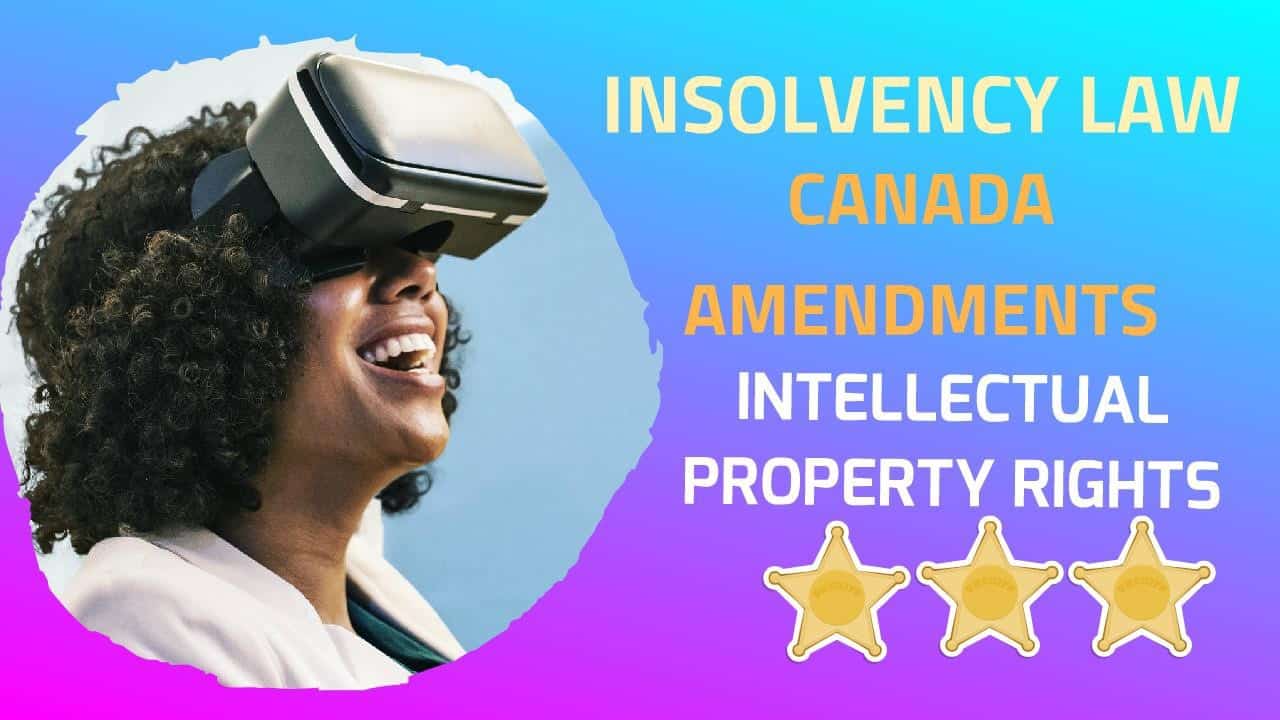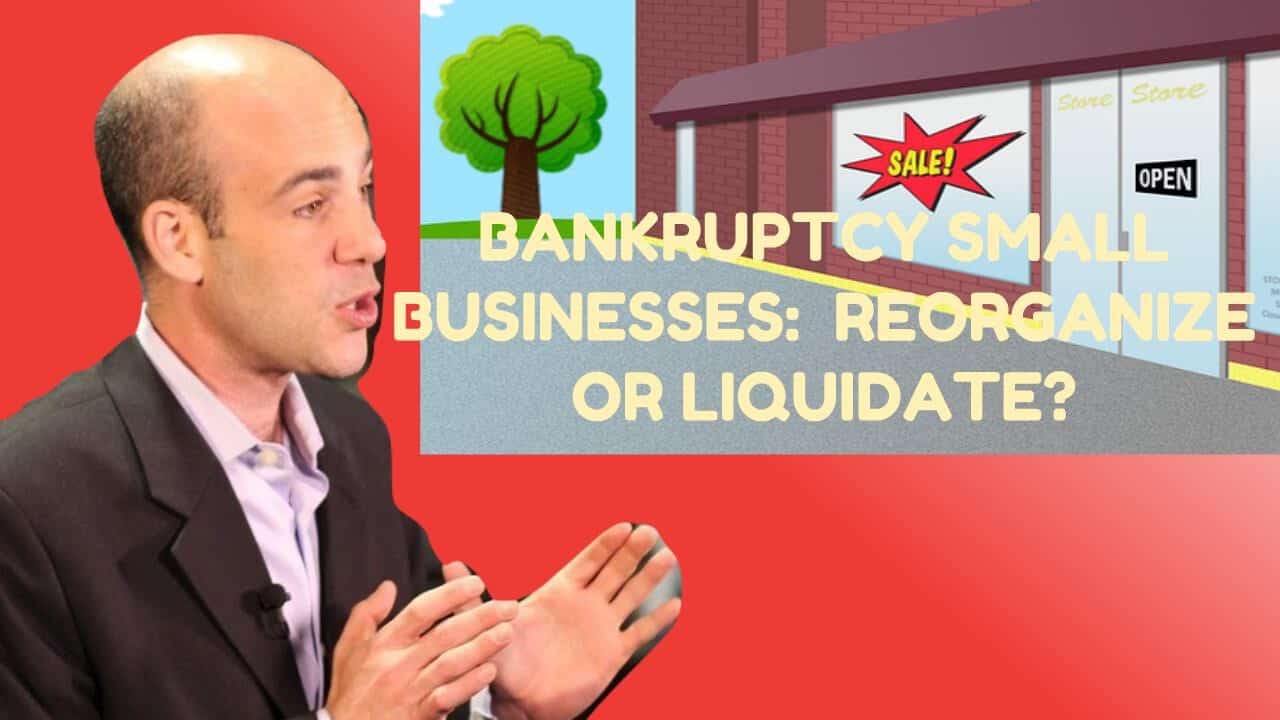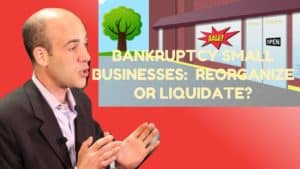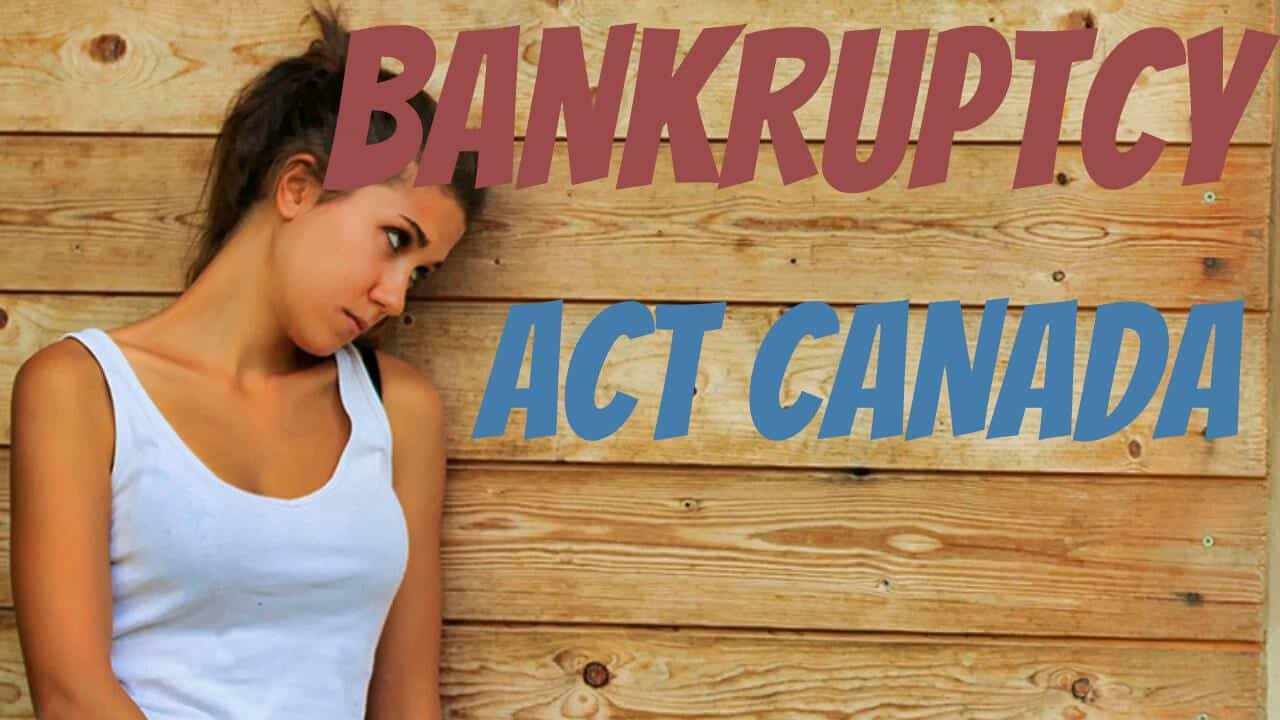We hope that you and your family are safe, healthy and secure during this coronavirus pandemic.
Ira Smith Trustee & Receiver Inc. is absolutely operational and Ira, in addition to Brandon Smith, is readily available for a telephone consultation or video meeting.
how to beat 407 plate denial
How to beat 407 plate denial: What happens if you don’t pay 407?
Last week I received an inquiry from a woman who owes 407 ETR some $25,000. She wanted to know how to beat 407 plate denial. Being a licensed insolvency trustee and having written on the topic before, I thought it was already well known that there is only one real sure-fire way to beat them from denying your plate sticker when you show up to pay your renewal plate fee. So I am writing this Brandon Blog as a refresher since it is still a question people ask.
If you’re not paying your 407 tolls, chances are you’re going to get a letter in the mail asking you to pay up. You’ve probably also heard that the 407 is a hotbed for toll dodgers, but how many of them actually get found out?
According to figures from the 407 ETR, the company’s collection agencies and police forces find that only about 2% of toll dodgers pay up voluntarily. However, 407 ETR has the ultimate collection weapon; Ontario can enforce plate denials against those who have an outstanding 407 toll bill. People are always interested in how to beat 407 plate denial.
How do I fight my 407 payment?
You really cannot fight with 407 on your payment. The tolls are calculated based on your usage of the toll road. They know where you entered and exited the highway. They also have a picture of your vehicle and plate. So, unless you can prove that the amount you were billed is false charges, you cannot fight it. You may be able to negotiate, sort of, but you can’t fight it.
Can you negotiate 407 bill?
The 407 bill is one of the most intimidating bills that people receive in Ontario. It is called the 407 bill because it is associated with the 407 highway and that’s also where the tolls are collected. The 407 bill is the toll amount that you need to pay based on your trip. If you drive on the 407, you will have to pay the 407 bill.
The 407 bill is issued by 407 ETR, a company that operates the 407 highway. If you have received a 407 bill, you should pay it right away. If you do not pay it, you will receive a collection notice from the company.
407 ETR offers an Exceptional Hardship plan to aid consumers that have accumulated substantial tolls and who would suffer “exceptional hardship” with the denial of their licence plate. The plan permits a consumer to pay the amount owing over an agreed time period, rather than all at once.
Approval is at the sole discernment of 407 ETR. Their decision is final and there is no avenue for appeal. As you can see, it isn’t much of a negotiation.
As you will see below, the only way to successfully negotiate the 407 bill is with the assistance of a licensed insolvency trustee.

How to beat 407 plate denial: Does 407 affect credit?
It’s common knowledge that unpaid traffic tickets can result in fines and penalties galore, but did you know unpaid 407 ETR tolls can also result in toll fines and penalties? And, like unpaid traffic tickets, they can also affect your credit score and therefore your credit rating. When you do not pay your bills on time, they will eventually send the unpaid bills to a collection agency. Once in the hands of the collection agency, it gets reported to the credit bureaus. That reporting negatively affects your credit score.
How to beat 407 plate denial: Can 407 ETR garnish wages?
If 407 ETR sued people in court and obtained a judgement, then yes they could garnish wages. But they don’t sue. Rather, they rely upon their powers of license plate suspension to block those seeking license plate renewal.
It is stopping anyone from being able to how to beat 407 plate denial that is the real collection tool. That is the reason why 407 ETR had to amend their procedures because of a Supreme Court of Canada decision.
If you can’t pay the 407 toll charges, only a licensed insolvency trustee can show you how to beat 407 plate denial
Denying license plates were found by the court to be a collection tool. In Canada, there is only one professional who can stymie the 407 collection tool. So if you can’t fight 407 bills and you really can’t negotiate with them, then how to beat 407 plate denial seems to be a long shot, no? That is where the Supreme Court of Canada in the “Moore Decision” comes into play.
Our firm, Ira Smith Trustee & Receiver Inc., has assisted individuals in negotiating their 407 bills. A debtor who becomes our client is very easy to work with since they do not deny that they have debt and they know that they must pay. Our firm takes the 407 on. We start communicating with them by listing 407 ETR as a creditor in your bankruptcy or consumer proposal.

How to beat 407 plate denial: Highway Toll Arrears and the “Moore Decision”
In my blog titled 407ETR FAIRNESS-ONTARIO COURT OF APPEAL ENSURES FRESH START I described to you the decision of the Court of Appeal for Ontario in 407 ETR Concession Company Limited v. Superintendent of Bankruptcy (In the Matter of the Bankruptcy of Matthew David Moore) (the Moore Decision).
The highway’s owners appealed that decision to the Supreme Court of Canada (SCC). On Friday, November 13, 2015, the SCC released 3 decisions all dealing with the very same fundamental problem: does the federal government’s Bankruptcy and Insolvency Act (BIA) take paramountcy over provincial laws professing to handle the concerns of debt and bankruptcy in Canada. The SCC answer was a resounding YES!
What did the SCC decide about the provincial law about 407 debt settlement?
The SCC dismissed the appeal of the 407. The SCC considered whether the plate denial stipulations of the Highway 407 Act conflicted with the discharge provisions of the BIA. 407’s position was that provincial regulation about plate denial needs to apply after a person’s discharge from bankruptcy. The Attorneys General for several provinces, including Ontario, advanced arguments on behalf of the right of the province to enforce all laws for vehicle licensing.
The SCC’s decision supported the Moore Decision which found that the discharge section of the BIA bypasses and overrides the plate rejection arrangements of the Highway 407 Act.
What is the effect of a bankruptcy or consumer proposal on ETR debt settlement?
The effect of the SCC’s decision is that pre-bankruptcy amounts owed to the ETR are provable claims under the BIA and the plate rejection scheme under the Highway 407 Act, 1998, S.O. 1998, c. 28 can no longer be used to collect pre-filing amounts. Therefore, 407 etr financial debt settlement is possible.
Upon the filing of bankruptcy or consumer proposal, in which 407 ETR is provided for in the sworn Statement of Affairs as a creditor, 407 ETR will remove from plate rejection any amount still owing from the period before your Assignment in Bankruptcy, or filing of consumer proposal (that includes interest and any other type of charges incurred on those amounts). The Ministry of Transportation will be told to amend its records to show this change.
You will be removed from plate denial if:
- you have not incurred any type of brand-new financial obligation with 407 ETR for which you might remain barred from how to beat 407 plate denial since the filing of your bankruptcy or consumer proposal; and
- you have no debts with the Ministry of Transportation (e.g. parking tickets) causing plate denial.
In both instances, once the balance owing is adjusted from your account, then, the individual is allowed to get plate renewal from the Province.
How to beat 407 plate denial: This seems to be the end of the discriminatory plate denial
407 ETR must and is following the SCC decision. They have set up the procedure for those who have been rejected from plate renewal and who have filed either for bankruptcy or a consumer proposal. The 407 ETR debt, including penalty and interest, is reversed and plate revival issued.
Remarkably enough, there was no evidence whatsoever in any one of the Court hearings, including this one heard by the SCC, as to the 407 ETR’s right to reject anyone from providing credit to them. When you get your transponder, the 407 ETR is actually extending credit to you, in the form of using the toll highway with the promise to pay when your bill arrives. It is no different than you making purchases on your credit card and your bank expects you to pay them when it shows up on your bill.
How to beat 407 plate denial summary
I hope that you found this how to beat 407 plate denial Brandon Blog interesting. If you are concerned because you or your business are dealing with substantial debt challenges and you assume bankruptcy is your only option, call me. It is not your fault that you remain in this way. You have actually been only shown the old ways to try to deal with financial issues. These old ways do not work anymore.
The Ira Smith Team utilizes new modern-day ways to get you out of your debt difficulties while avoiding bankruptcy. We can get you the relief you need and so deserve.
The tension put upon you is big. We know your discomfort factors. We will check out your entire situation and design a new approach that is as unique as you and your problems; financial and emotional. We will take the weight off of your shoulders and blow away the dark cloud hanging over you. We will design a debt settlement strategy for you. We know that we can help you now.
We understand that people and businesses facing financial issues need a realistic lifeline. There is no “one solution fits all” method with the Ira Smith Team. Not everyone has to file bankruptcy in Canada. The majority of our clients never do. We help many people and companies stay clear of bankruptcy.
That is why we can establish a new restructuring procedure for paying down debt that will be built just for you. It will be as one-of-a-kind as the economic issues and discomfort you are encountering. If any one of these seems familiar to you and you are serious about getting the solution you need, contact the Ira Smith Trustee & Receiver Inc. group today.
Call us now for a no-cost consultation.
We will get you or your business back up driving to healthy and balanced trouble-free operations and get rid of the discomfort factors in your life, Starting Over, Starting Now.
We hope that you and your family are safe, healthy and secure during this coronavirus pandemic.
Ira Smith Trustee & Receiver Inc. is absolutely operational and Ira, in addition to Brandon Smith, is readily available for a telephone consultation or video meeting.



